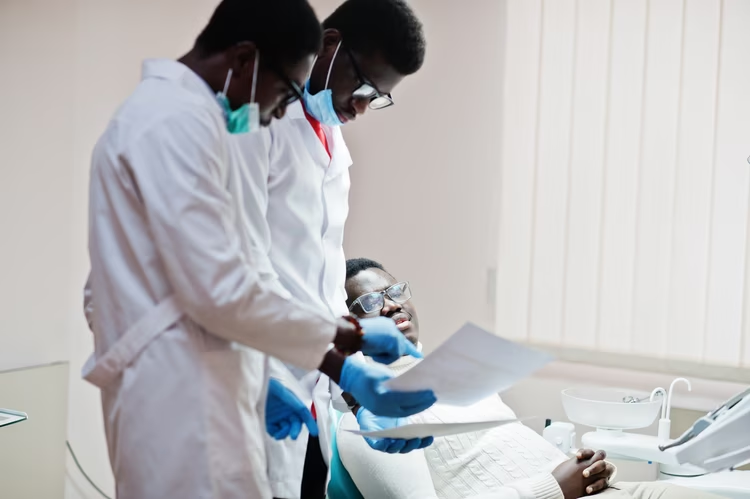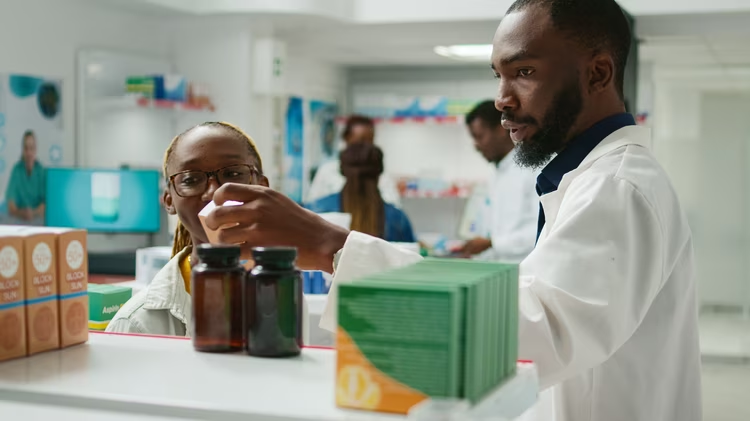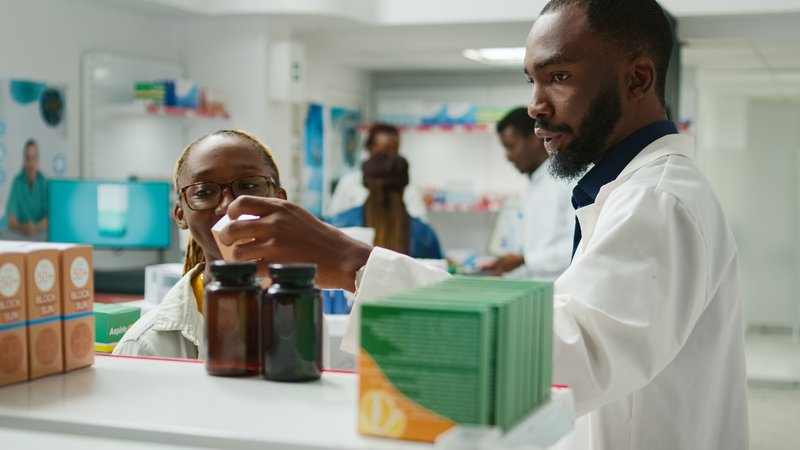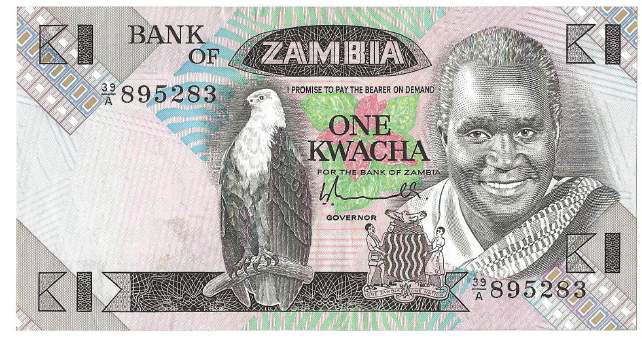The United States' decision to cut over 50 million dollars of medical funding to Zambia follows a year of failed efforts to combat medicine theft. While the move highlights accountability failures, it also threatens critical HIV, malaria and TB programmes. This analysis addresses the challenges and proposes solutions, suggesting self-reliance for the country.
Zambia’s healthcare system faces a critical juncture after the U.S. government's decision to reduce $50 million in annual aid for medication and medical supplies to the country, giving rise to concerns about how Zambia will continue its HIV, malaria, and tuberculosis programmes, which have relied on donor aid and support for continued success. The situation is difficult, but it also presents a chance for Zambia to enhance its health systems and progress toward being more self-reliant.
Why did the US Cut $50 million of Medical Funding to Zambia?
The United States' action followed a year of unsuccessful efforts to resolve medicine diversion through diplomatic negotiations with Zambian officials. According to audits, 95% of pharmacies sold medication reportedly designated for free distribution, such as medication for tuberculosis, antiretroviral (ARVs) and malaria, donated by the United States.
Following this announcement, The United States promised to continue providing technical assistance, highlighting that the cuts were due to accountability failure.
Despite acknowledging historical vulnerabilities, key decision makers maintain that progress is being made. Elijah Muchima, the Minister of Health, cited personnel reforms and new digital tracking systems as proof of dedication. While these reforms are timely, citizens remain concerned about the continuity of treatment for the 1.3 million Zambians receiving HIV therapy and the millions more who depend on free TB and malaria medications.

What can Zambia Do to Prevent This in the Future?
Improve Supply Chain Integrity
- Stricter controls are required to prevent leakages of medications from public to private markets.
- Strengthened monitoring from central warehouses to rural clinics and better coordination of Zambia's medical stores and donor systems would help reduce duplicity and gaps.
Stricter Accountability Measures
- Better documented and widely publicised prosecutions and forensic audits would sustain an atmosphere of impunity.
With the U.S. drug procurement ceasing in January 2026, this gives the nation time to find alternatives and implement a smooth transition plan to ensure the end-user remains protected:
Transparency
- Publicise audits of governing and regulatory entities to encourage greater accountability to flag misuse early on.
Utilise Technology
- Update medical technology systems with real-time blockchain or biometric tracking to prevent fabricated records.
- Implement barcode scanning across all stages of procurement and distribution.

Secure Sustainable Financing
- Partner with regional pharmaceutical producers to boost medicine production whilst improving intra-regional relations.
Strengthen Multi-Stakeholder Cooperation
- A task force comprising donors, the private sector, and civil society could be formed to monitor reforms.
- Community health workers could be trained on how to use digital platforms to report stock discrepancies.
Despite the crisis, Zambia has made significant health gains, malaria deaths have drastically decreased, and HIV viral suppression rates have surpassed 90%. The U.S. aid cut is a setback, but it does not have to be a permanent one. This is a wake-up call for Zambia to build a strong and open medical supply chain that guarantees every pill reaches those who need it most.
The way forward demands investments, technological upgrades, willpower, and inclusive future monitoring. If the nation acts forcefully, instead of a decline in healthcare, a robust and independent era could begin.








